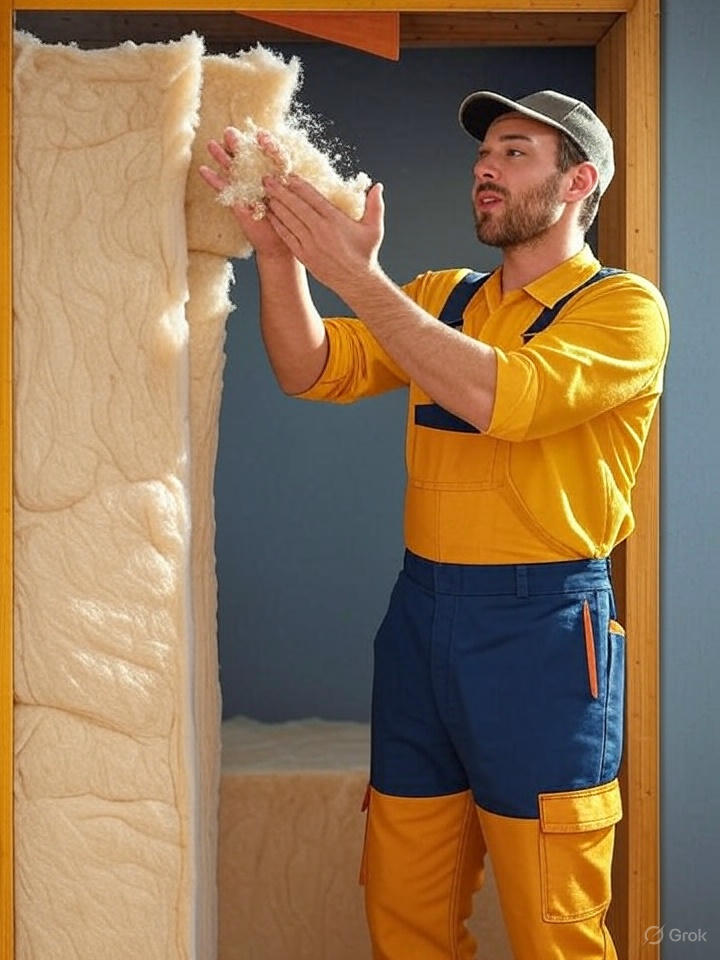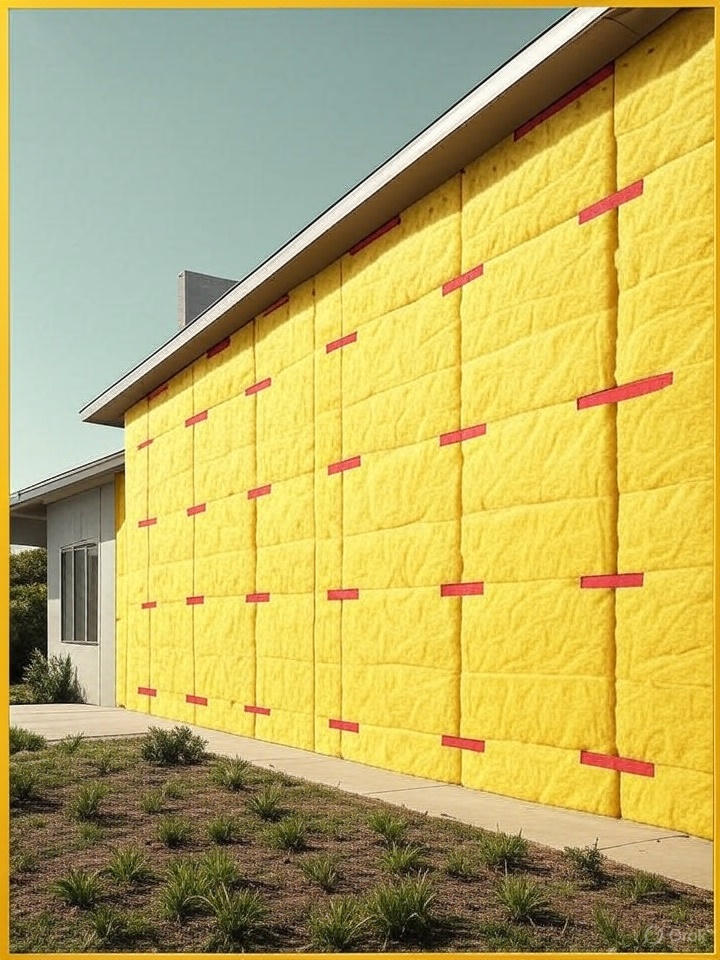Insulating existing walls without removing drywall is a practical solution for Vancouver homeowners seeking energy efficiency without major renovations. In Climate Zone 5’s wet, temperate environment, uninsulated or poorly insulated walls contribute to heat loss, high energy bills, and moisture risks, particularly in older homes built before modern insulation standards. At Simon Green Works, we apply building science to retrofit walls effectively while managing moisture dynamics. This article explores blown-in insulation, injection foam, exterior insulation, and Vancouver-specific considerations, ensuring durable, high-performance homes.
The Challenge of Retrofitting Existing Walls
Uninsulated walls in older Vancouver homes allow significant heat loss—up to 35% of a home’s total—driving up heating costs in winter (average 5°C). Adding insulation reduces heat flow, improving comfort but altering moisture dynamics. Older walls, often uninsulated, dry quickly due to high heat flow, masking small leaks. Insulation slows drying, increasing risks of condensation, mold, and rot if moisture isn’t managed. Retrofitting without removing drywall limits access to inspect framing and sheathing, necessitating strategies that prioritize durability and drying potential in Vancouver’s humid climate (85–95% RH).
Blown-In Insulation: A Minimally Invasive Option
Blown-in insulation, typically cellulose, mineral wool, or fiberglass, is the least invasive retrofit method, involving small holes (25–50 mm) drilled into each stud bay from the interior or exterior. Cellulose, made from recycled paper treated with boric acid, offers moisture resistance and an R-value of 3.7/inch, requiring 100 mm for R-14. Holes are patched post-installation, minimizing disruption. However, this method can’t assess framing conditions, risking moisture entrapment if leaks exist, indicated by peeling paint or musty odors. In Vancouver’s cold winters, blown-in insulation increases condensation risks on sheathing, necessitating robust air sealing.

Injection Foam: High Risk, Limited Reward
Injection foam, typically open-cell polyurethane, fills wall cavities through small holes, conforming to nooks around wires and nails, with an R-value of 3.6/inch. Its expansive properties reduce air leakage, but open-cell foam’s high vapor permeability (10 perms) allows interior moisture to reach cold sheathing, risking rot in Vancouver’s Climate Zone 5. Foam holds water longer than fibrous insulation, concealing leaks until damage is severe. Off-gassing chemicals, especially if improperly mixed, pose health risks for sensitive occupants. Given these drawbacks, injection foam is the least recommended option for Vancouver retrofits, where moisture control is paramount.
Exterior Insulation: The Safest Approach
Insulating from the exterior, by removing cladding and WRB to expose sheathing, allows inspection for moisture damage and rot, ensuring a durable retrofit. Stud cavities can be filled with batt insulation (e.g., mineral wool, R-14) or blown-in cellulose if sheathing is intact. A self-adhered or fluid-applied WRB (10 perms) creates a monolithic water and air barrier, outperforming housewraps. Rigid insulation, like XPS (R-5/inch) or mineral wool (R-4.3/inch), is added outboard, with 30% of the wall’s R-value (e.g., R-9 for R-30) to prevent condensation. A rainscreen gap (e.g., 10 mm entangled mesh) enhances drying, critical in Vancouver’s wet climate.

Managing Moisture and Air Tightness
Moisture management is critical in retrofits, as insulation reduces drying potential. A taped smart vapor retarder on the interior, paired with vapor-permeable insulation, allows inward drying while blocking outward vapor. Air sealing, using self-adhered WRBs and tape at seams, prevents convection-driven moisture, which deposits 30 times more water than diffusion. In Vancouver, where wind-driven rain is common, airtight WRBs and rainscreen gaps are essential to protect sheathing and framing from saturation.
Vancouver-Specific Considerations
Vancouver’s Climate Zone 5, with high rainfall and mild winters, demands retrofit strategies that address condensation and seismic risks. Exterior insulation, with 30% R-value outboard (R-9 for R-30), prevents sheathing condensation, aligning with BC’s Step Code. Seismic codes (0.46g acceleration) require structural bracing (50 kN/m), and insulation must support cladding loads. Urban density limits access, favoring blown-in options for high-rises, but exterior insulation offers superior durability. Green building incentives, like density bonuses ($100,000–500,000), support high-performance retrofits. Homeowners should test for existing moisture issues and consult engineers to ensure code compliance, leveraging local expertise for energy-efficient homes.
Why Simon Green Works?
Simon Green Works delivers wall insulation solutions that balance energy efficiency and moisture control in Vancouver’s wet climate. Our building science expertise ensures comfortable, durable homes. Ready to insulate your walls? Contact us for a tailored consultation.
Sources
This article draws on insights from Sharif Asiri’s article, “Insulating Existing Walls Without Removing Drywall,” published by ASIRI Designs (Insulating Existing Walls Without Removing Drywall). Additional perspectives are informed by “How to Insulate Walls Without Removing the Drywall” from Drywall Insider (How to Insulate Walls Without Removing the Drywall) and “Keeping The Heat In - Section 6: Basement Insulation” from Natural Resources Canada (Keeping The Heat In - Section 6: Basement Insulation).